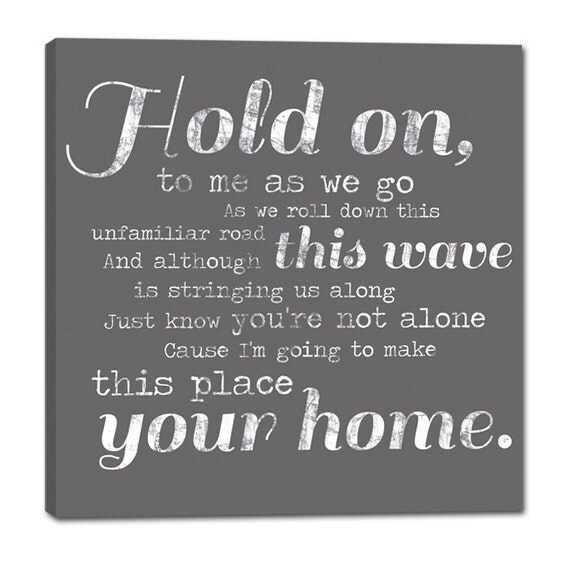In his article, “Godzilla vs. Post-Colonial,” King discusses Robinson’s collection of stories. King explains that while the stories are written in English, “the patterns, metaphors, structures as well as the themes and characters come primarily from oral literature.” More than this, Robinson, he says “develops what we might want to call an oral syntax that defeats reader’s efforts to read the stories silently to themselves, a syntax that encourages readers to read aloud” and in so doing, “recreating at once the storyteller and the performance” (186). Read “Coyote Makes a Deal with King of England”, in Living by Stories. Read it silently, read it out loud, read it to a friend, and have a friend read it to you. See if you can discover how this oral syntax works to shape meaning for the story by shaping your reading and listening of the story. Write a blog about this reading/listening experience that provides references to the story.
Silent Reading
When I read this to myself, the unconventional poetic style of prose really threw me for a loop. I found myself having to flip back and fourth just to see where Coyote is. There were too many moments of: “Where did those Indians come from? Who’s talking now? Where are we now?” and other questions of that ilk. Fortunately the printed form made it easy to figure things out if I missed it. After two or three reads, everything became crystal clear.
Gathering a Friend for Story Time
Correction: the story became clear…until I had to read it out loud. I had a friend pop on Skype for me to listen to my reading. This is what happened:
1. The way I emphasized some words really surprised me. There were a few moments where I felt like the way I read it didn’t correspond with the way I felt about the sentences, and definitely did not read in my head the first time. Other times, I breezed through parts that probably have more importance than I made it seem.
Here are a few examples. The blue font signify parts where I speed up and italics show the parts that I emphasized. I have also added punctuation to express the way I read it as best as I can.
“Well[?], what did my children do for your children? What did they do? Try to kill’em or what did they do?
Well[!], the Coyote said, ‘They just don’t care for them[!]. They just go and claim the land and they just do as they like.” (Robinson 70)
I wonder if I was doing these things subconsciously because I want to please my friend and try to make it interesting and fun to her. The things we do to try and please others, even when you know they wouldn’t care.
2. I had to omit a few parts of the narrative because I could tell my friend was getting really lost. In particular, the boat scene went around and around for a few pages and neither of us knew where this was going. Well, I knew but all I could think was, “This is never going to end. She’s zoning out.” So I skipped it. After the special boat scene on page 65, I went right to the angel scene on page 66. I skipped the angel’s instructions because I saw boats again, summarized that bit, and went right to the part when Coyote lands on page 68. I did this a few times, because summarizing was just easier. When England was choosing a new monarch, I read the scene then summarized it. My friend’s reaction: “Oh!! Okay I totally missed that.”
3. Pretty much every other word had to be changed because his accent did not mesh with mine. I went back a few times to correct myself in order to read what is written exactly as it is on the page, but I gave up. It didn’t feel natural at all and was extremely distracting.
Little Sister Reads Me a Story
So, as with point number three, when I had my sister read this story to me, she had a very hard time. There were a lot of, “What?”, “Er…”, and generally confused moments. A few minutes in she decided to adopt a stereotypical “down south” accent and found it much easier. Cowboys and Indians?! I told her to stop after a while. The writing was so distracting for her that I’m not sure she knew how to emphasize the text at all.
Also, I had her circle everything she says that is not completely like the written form. There are 7 circles on the first two pages alone. After I told her to stop ruining my book, she continued in monotone. It was a pretty boring half an hour of my life.
General Comments
This exercise was definitely a lot more difficult than I thought it would be. Maybe half the reason is because this story was not my story. It was written right from the mouth of Henry Robinson, and it just doesn’t translate. Telling a story this way is probably how folk tales changed as well. I don’t think anyone can tell the same story twice. Just like in my last post, the “paper” we discussed makes a story seem immortal, but as soon as we tell the story verbally, it loses its permanence in performance because imagination immediately takes hold. Kinda becomes a public thing people can take and change for themselves.

Imagine how boring storytelling would be if storytellers were all manufactured clones of each other.
It makes me wonder, though there is no real way to find out, if it’s possible to really read a story the same way as someone else.
Works Cited
“Jay O’Callahan: The Power of Storytelling.” YouTube. YouTube, 16 Nov. 2012. Web. 14 Feb. 2015.
Robinson, Harry, and Wendy C. Wickwire.Living by Stories: A Journey of Landscape and Memory. Vancouver: Talon, 2005. Print.
“What You Say Vs. What You Want To Say.” YouTube. YouTube, 24 Sept. 2014. Web. 14 Feb. 2015.




